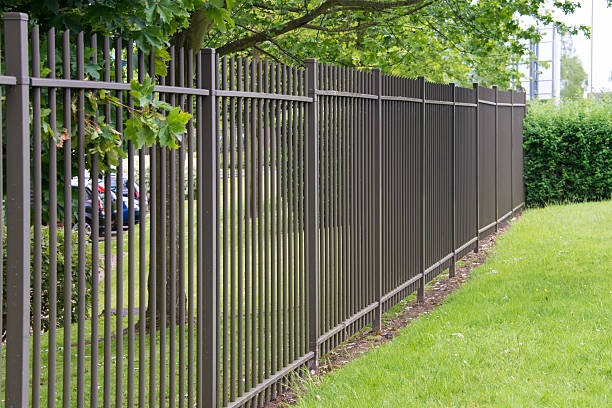Garden Fence Installation: Cost Factors and Material Options
Installing a garden fence involves multiple cost considerations, from material selection to labor expenses. Understanding the various factors that influence pricing, different material options available, and proper budgeting strategies helps homeowners make informed decisions for their fencing projects while ensuring they get the best value for their investment.

Garden Fence Installation: Cost Factors and Material Options
Creating boundaries and enhancing privacy in your outdoor space requires careful planning and financial consideration. Garden fences serve multiple purposes, from defining property lines to protecting plants and providing security. The investment required varies significantly based on numerous variables, making it essential to understand all aspects before beginning your project.
Factors That Affect the Cost of Installing a Garden Fence
Several key elements determine the total expense of fence installation. Property size directly impacts material requirements and labor hours needed for completion. Terrain conditions, including slopes, rocky soil, or existing vegetation, can increase installation complexity and associated costs. Local building codes and permit requirements may add administrative expenses and influence design choices.
Labor costs vary by region and contractor expertise, with specialized installations requiring more skilled workers. Accessibility to the installation site affects equipment transportation and setup time. Underground utilities may require professional marking services before digging, adding to project expenses. Site preparation needs, such as clearing vegetation or leveling ground, contribute additional costs to the overall budget.
Common Fence Materials and Their Cost Implications
Wood fencing remains popular for its natural appearance and moderate pricing, with cedar and pine offering different durability levels and price points. Vinyl fencing provides low maintenance benefits but requires higher initial investment. Metal options include aluminum for lightweight applications and steel for maximum security, each with distinct cost structures.
Chain link fencing offers economical solutions for large areas but may not provide desired aesthetic appeal. Composite materials combine wood appearance with synthetic durability, positioning them in the premium price category. Natural stone or brick fencing creates permanent boundaries with higher material and installation costs but exceptional longevity.
What to Consider When Budgeting for a New Garden Fence Project
Establishing a realistic budget requires evaluating multiple cost components beyond basic materials. Professional installation typically represents 30-50% of total project costs, while materials account for the remaining portion. Additional expenses include permits, site preparation, concrete for posts, hardware, and potential utility marking services.
Future maintenance costs should factor into long-term budgeting decisions. Some materials require regular staining or painting, while others need minimal upkeep. Warranty coverage varies by material type and manufacturer, potentially affecting replacement costs over time. Consider seasonal pricing fluctuations, as contractors may offer better rates during slower periods.
| Material Type | Cost per Linear Foot | Installation Complexity | Maintenance Requirements |
|---|---|---|---|
| Wood (Pine) | $15-25 | Moderate | Annual staining/sealing |
| Wood (Cedar) | $25-35 | Moderate | Bi-annual maintenance |
| Vinyl | $20-40 | Low-Moderate | Minimal cleaning |
| Chain Link | $8-18 | Low | Rust prevention |
| Aluminum | $25-45 | Moderate | Minimal maintenance |
| Composite | $35-55 | Moderate | Occasional cleaning |
Prices, rates, or cost estimates mentioned in this article are based on the latest available information but may change over time. Independent research is advised before making financial decisions.
Project timeline considerations affect both scheduling and costs, with rushed installations potentially increasing labor expenses. Weather conditions can delay outdoor work, particularly concrete setting and painting activities. Seasonal demand influences contractor availability and pricing structures throughout the year.
Quality considerations balance initial investment against long-term value, with premium materials often providing better durability and appearance retention. Local supplier relationships may offer cost advantages through bulk purchasing or contractor discounts. Obtaining multiple quotes helps establish fair market pricing for your specific project requirements.
Garden fence installation represents a significant home improvement investment that enhances property value, privacy, and security. Understanding the various cost factors, material options, and budgeting considerations enables informed decision-making throughout the planning process. Proper research and planning ensure your fencing project meets both functional needs and financial constraints while providing lasting satisfaction with the results.




